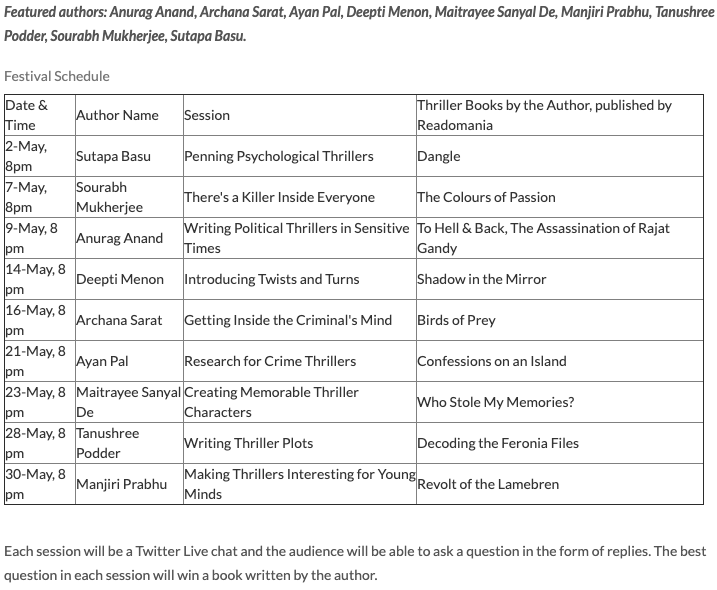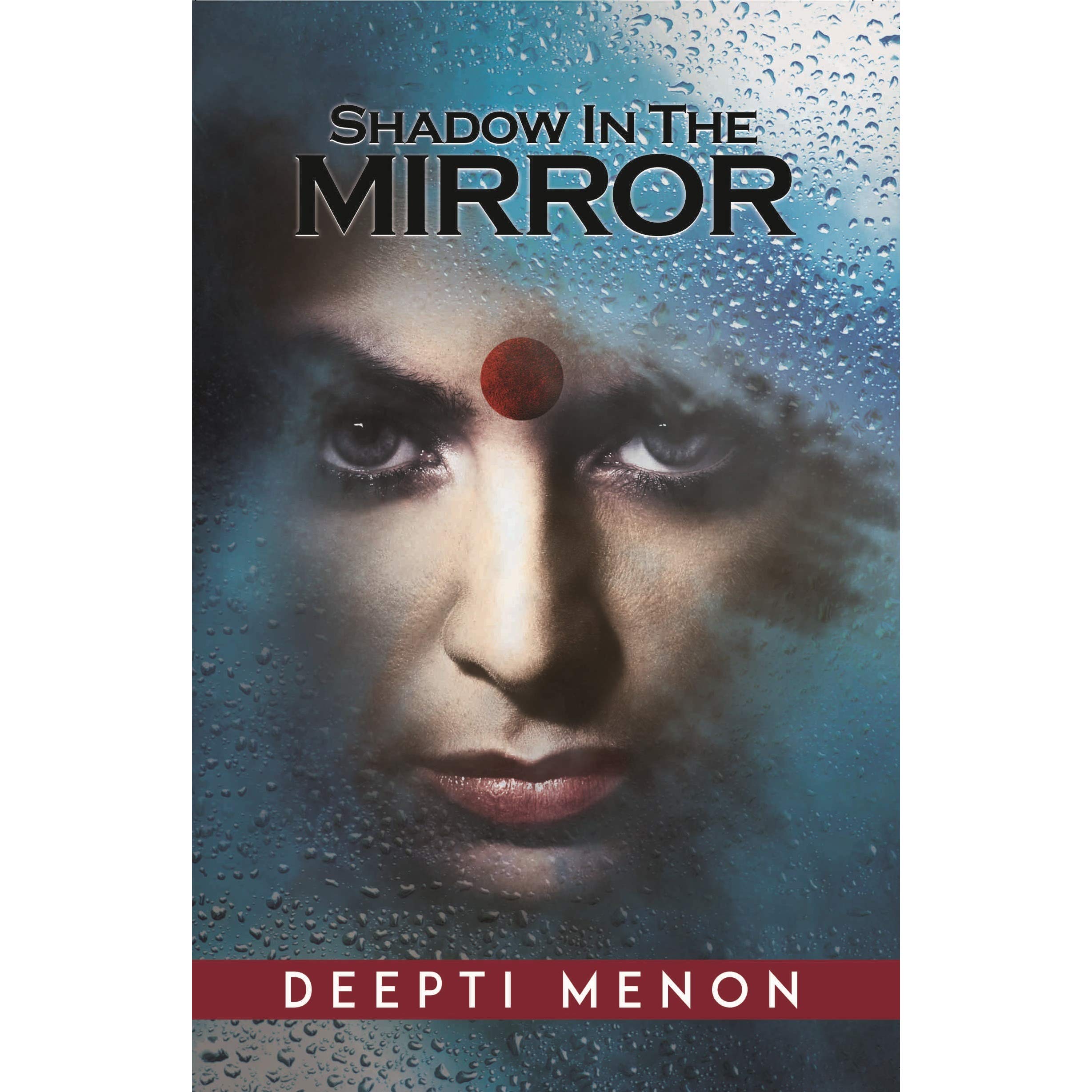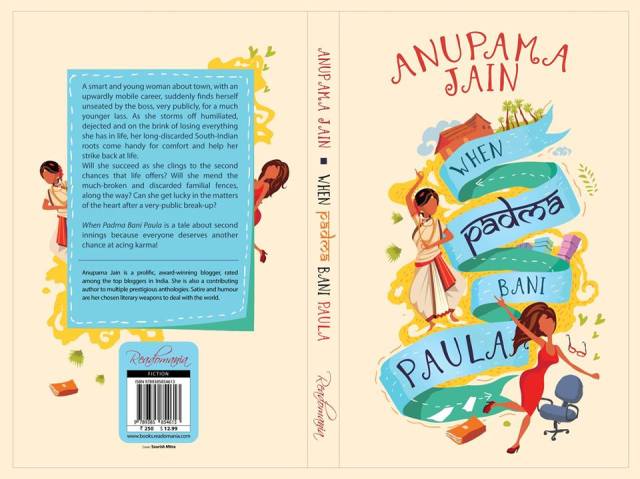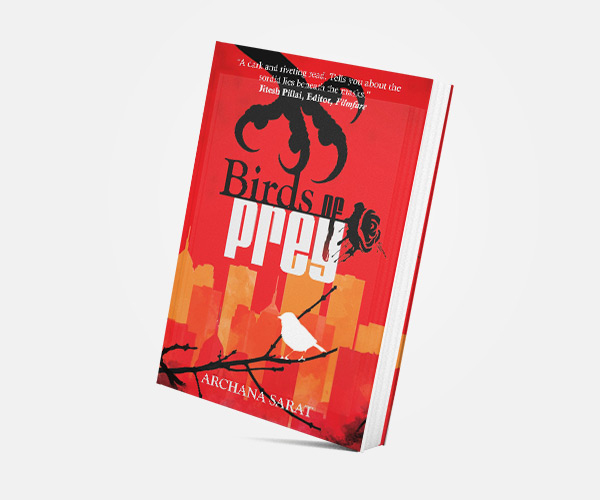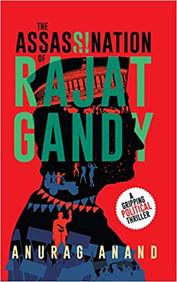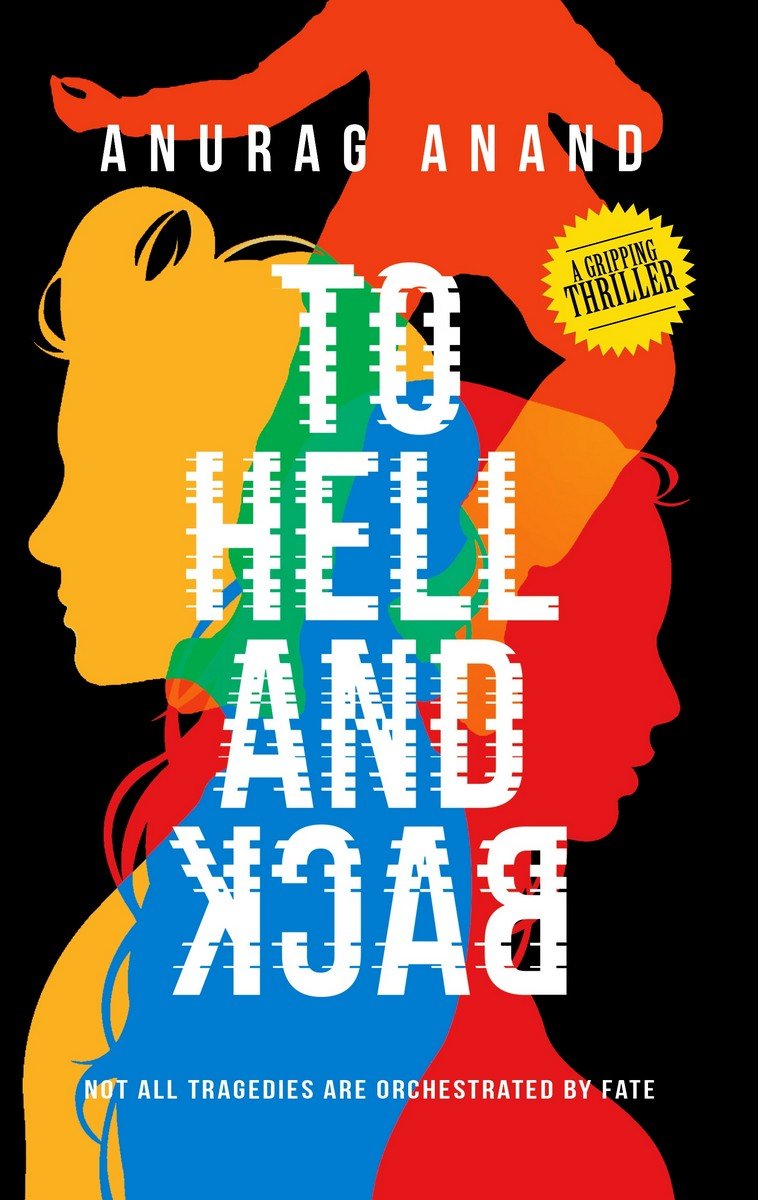
Crime writing is an adrenalin-inducing genre of writing. Readomania has a big and proud list of authors and titles from the genre of crime writing and is bringing them all together for the Crime Writing Festival 2019 in the month of May. Throughout this month, every Tuesday and Thursday, Readomania’s thriller authors will feature in live Twitter discussions and answer budding authors’ questions on everything ‘thrilling’.
The Readomania Crime Writing Festival will also hold a contest on the best ‘original short crime fiction’, the winner of which will receive an ebook publishing deal with Readomania’s digital imprint, ReadoShots. There will also be book giveaways to the best question asked twice every week.
So, be on Twitter this whole month of May and tune in to the Readomania Crime Writing Festival 2019.
Here, Deepti Menon talks about the twists and turns of a gripping thriller.
1. What makes a good thriller? What are the aspects one must take care of while penning one? Using ‘Shadow in the Mirror’ can you elucidate further?
As its name suggests, a thriller needs to ‘thrill’ its readers. Action is vital, characterisation and setting make all the difference, the twists should hurtle in, hard and fast, and the denouement or the climax should be suspenseful enough to make the readers’ hearts skip a beat.
My story ‘Shadow in the Mirror’ starts with a woman falling off her balcony to her death. My characters are strong and well able to hold their own in a sometimes hostile world. I believe that all my twists, major and minor, are vital in holding the interest of my readers.
I also believe that an effective cover makes all the difference to a good thriller. I remember how Dipankar Mukherjee, of Readomania fame, and I hunted around for the right image for ‘Shadow in the Mirror’. Only once he had found the perfect cover, did we breathe a sigh of relief. My lady in blue with the bright red ‘bindi’ and deep brooding eyes would send a chill up anyone’s spine.
2. How does one maintain the taut pace that requires the novel to be a thrilling page-turner? What are the beginner pitfalls one must avoid while penning?
What is important is that the writer must maintain the taut pace that characterises the book as a thriller. However, this does not mean that the story uses suspense on every page to take it forward. Too much of a good thing can lead to satiety, and hence, the twists and turns should be carefully monitored.
That is one of the pitfalls authors should avoid. Another one is the clichéd plot that comes easy… what comes easy can also be easy for a million other writers as well.
3. How important are the setting and characterization? Should they be noble, distorted or plain grey? How many strong characters should the novel have to balance the yin and yang? How many twists are mandatory? Please describe how you have achieved the same in ‘Shadow in the Mirror’?
‘Shadow in the Mirror’ has around four twists. The first one which came in the second half of the story is the one around which the whole story revolves. I was thrilled that not one reader could see the twist coming… it was like a roller-coaster ride which took the breath away. The other twists are comparatively minor, but they propel the action forward. The book ends on a tiny twist as well, a device that most thriller movies and books use to leave the audience off balance.
Setting plays an important role as it creates a feeling of suspense in the minds of the readers. Imagine a murder taking place in a bright sunny locale, as opposed to one committed on a grey day in a depressing building. Which, do you feel, would work better?
Strong characters take the story along with them. However, a story that has only strong characters could prove very tiring. Two strong characters would be the perfect blend, with minor characters aiding them to take the story forward.
4. What is the relevance of language for Crime-Fiction-Writing? Is it necessary to be verbose or would ‘being-terse’ work better? Which would you prefer?
There is a happy balance between being ‘verbose’ and being ‘terse’. Frankly, verbosity does not work in any genre, as it indicates a hemorrhage of words, dull, stilted and overdone. In ‘Shadow in the Mirror’, as in all my other writing, I have used simple words, descriptive in parts and action-oriented in others. As a Literature buff, I can never reconcile to writing that truncates words. My young friends often tease me when they read my messages on social media because call me a grammar Nazi, I cannot even leave out a comma or a full stop.
However, when it comes to writing a taut, action-packed scene, the description takes a back seat, while the atmosphere comes in to play a significant role. For example, in the chapter which deals with my major twist, I have made use of descriptions like ‘dark icy winter chill’, ‘a dreadful ringing inside her head’, ‘an atmosphere of suppressed menace’ and the like. Likewise, the building in which the death takes place is described as looming “ominously in the dusk, wrapped in an air of mystery.”
5. How essential are hooks? How should an ideal crime fiction novel end? Tantalizingly open-ended or all ends neatly sewn up? If you were to rewrite ‘Shadow in the Mirror’ what would you change?
Hooks or red herrings are employed to reel the readers in, and leave them in a state of bewilderment. Most readers prefer to let the story go by at its own pace, but as I have said before, there are the Hercule Poirot readers who love to use ‘their grey cells’, peering at every clue to try and solve the mystery before it is revealed.
According to me, an ideal crime fiction novel could end either way, open-ended or all ends neatly sewn up. What is important is that the readers should find themselves satisfied at the end; left with a feeling of having been fed with a good story.
I don’t think I would want to rewrite ‘Shadow in the Mirror’. I like it as it is. ☺
6. How imperative is reading your peer writers to fine-tune your craft? Who are your favourite thriller writers and why? Please name some.
Oh, I think it is imperative to read the books of one’s peers to fine-tune one’s own craft. Not only does one learn from their writing, but one also finds relaxation in styles alien to one’s own.
If you ask me, I tend to find something to learn from every piece of writing I come across, mostly in a positive manner. Of course, there have been times when I have also learnt how not to approach a subject in a certain manner. One lives and learns! ☺
Favourite thriller writers? Agatha Christie is on top of that list. I also enjoy Conan Doyle, Jeffrey Archer, J.K. Rowling, Stephen King, Sidney Sheldon and Gillian Flynn. One of the best thriller writers I have ever read is Daphne du Maurier whose writing resonates in my heart still. Another book I must mention here is ‘She’ by Rider Haggard, a book that needs to be savoured and read.
7. What advice would you give a budding writer?
All I can say is that a writer should love his or her own writing. If you put out something which does not appeal to you, it will not appeal to your readers either.
Also, the grammar Nazi in me would want every piece of writing I read to be well edited. As Zadie Smith put it, “The secret to editing your work is simple: you need to become its reader instead of its writer.” Never send out a piece that is not edited for typos and spelling errors can irritate the living daylights out of any reader.
Thank you so much, Anupama, for these intriguing questions. I enjoyed answering them. God bless!
